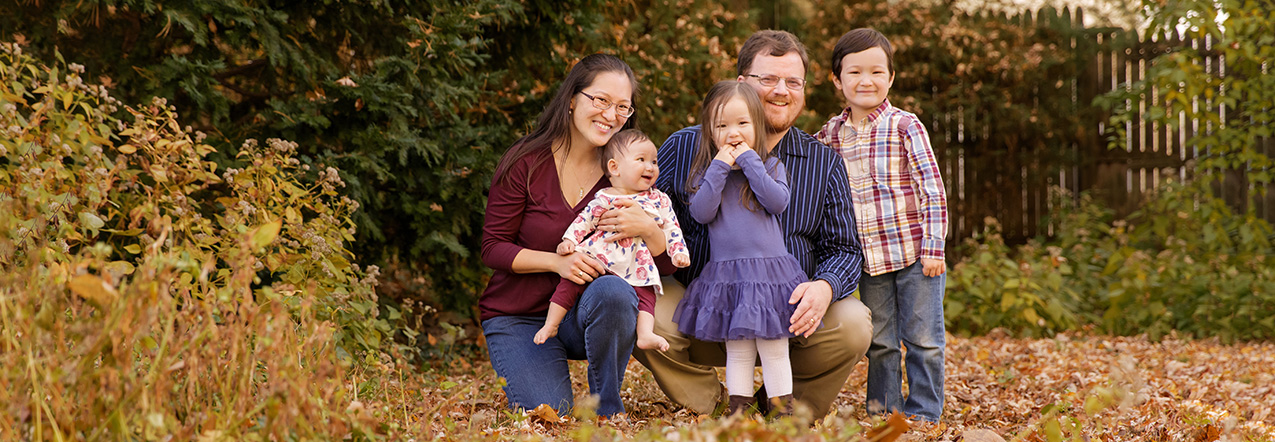-
Posts
808 -
Joined
-
Last visited
-
Days Won
5
Everything posted by Christina Keddie
-

Patch tool
Christina Keddie replied to Jadegirly2k's topic in Photoshop / Elements / Bridge / ACR questions or problems
Do you mean adjustment layers? Or pixel layers? Pixel layers will block all pixels below them, which is why you have to flatten/merge as you go (so you aren't stacking pixel layers and covering the work you did on layers below). Adjustment layers you can start adding to the stack where Damien indicated in his article, but as he said, it's generally better to do all your pixel edits first and then adjustment layers on top. -

creating a template
Christina Keddie replied to Amberleec's topic in Miscellaneous questions or problems
I imagine the Pen Tool would play a role? This isn't exactly analogous, but it might give you some ideas: https://www.facebook.com/groups/195567190503489/permalink/990379731022227/ -

Patch tool
Christina Keddie replied to Jadegirly2k's topic in Photoshop / Elements / Bridge / ACR questions or problems
Not exactly a rookie mistake -- do take a read of the "Order of layers" article I linked for you. If you want to do multiple things to a single photo that will require pixel edits, you do need to do them in the right order and flatten/merge as you go -- but very very very carefully, of course, since flattening/merging is destructive! -

Question about skin by numbers
Christina Keddie replied to Lisa Manchester's topic in Help with editing
Posting the image here would probably be helpful. I'm assuming this is the article you're referencing? http://www.damiensymonds.net/art_skin.html -

Patch tool
Christina Keddie replied to Jadegirly2k's topic in Photoshop / Elements / Bridge / ACR questions or problems
Your patch layer is completely covered over by the spot removal pixel layer above it. Maybe go back over the slides in the Layers & Masks class about pixel layers? And this might also help: http://www.damiensymonds.net/2015/07/order-of-layers-for-complex-pixel-edits.html Also, do make sure to change these settings: http://www.damiensymonds.net/art_tscs000.html -

Patch tool
Christina Keddie replied to Jadegirly2k's topic in Photoshop / Elements / Bridge / ACR questions or problems
Can you post a screenshot of your entire PS window when this happens? (I.e., with the patch tool selected while you're on the background layer, showing us your entire layers palette and options bar and everything?) -

Post Calibration
Christina Keddie replied to Svetlana's topic in Output - print, websites, Facebook, email, client disk, etc
Preview isn't color-managed, so you can't use it as a point of comparison. -

Post Calibration
Christina Keddie replied to Svetlana's topic in Output - print, websites, Facebook, email, client disk, etc
Lightroom settings. And a defense of why you should work in sRGB from beginning to end. And do read the room lighting article Damien linked for you, if you haven't already -- he was asking about your room light as you compare the prints with your screen. -
(No rush -- Damien and his family are on vacation for the weekend. )
-
It's hard to tell at this small size, but it looks like it's out of focus?
-
We can't blow it up based on what you uploaded here. Want to post a 100% crop of what you see in their composite?
-
Considering that the orbit of the moon means that the same face is shown to the entire earth throughout its orbit, I'd say it's a pretty good chance that someone from the western US would get pretty much exactly the same shot as someone from the eastern US...
-

Calibration
Christina Keddie replied to DonnaJames's topic in Monitor calibration questions or problems
What model screen do you have? (What company made it, and what are the numbers and letters in the monitor's name?) Then do a search for that model on Amazon or Best Buy or something similar, and post a link to the monitor's listing there. -

Calibration
Christina Keddie replied to DonnaJames's topic in Monitor calibration questions or problems
What, by taking a picture of your prints and posting them online? Nope. So -- how do your prints differ from your screen? Fill in these blanks: my screen is [warmer/cooler] and [brighter/darker] than my prints. And what do you mean by "funky colors"? -

Calibration
Christina Keddie replied to DonnaJames's topic in Monitor calibration questions or problems
No, software calibration is completely insufficient. You need the hardware (i.e., your Colormunki Display). How does your screen compare to your prints? -

Proof setup?
Christina Keddie replied to SarahM's topic in Output - print, websites, Facebook, email, client disk, etc
Is there a reason why you're looking at your proof setup? (I.e., are you trying to soft-proof something?) If not, then don't worry for a second about that setting. This is what you need to do to make sure your default color space settings are correct in PS. -
Pro tip: next time be sure to search Damien's website, with the resources and tutorials, not just this Q&A forum. If you put "moire" in the searchbar on his site (which, by the way, is linked at the very top of this page, with the "Search Damien's resources" link next to the searchbar for the Q&A forum), that article I linked pops right up.
-

How to make the "rocks" appear more realistic
Christina Keddie replied to branderson's topic in Help with editing
I would disagree. The fact that the rocks don't have the same reflection as everything else in the photo, plus the fact that you can see the continuation of the rocks below the surface rather than a reflection, plus the fact that the rocks have a soft blurry edge against the water line (rather than the rippling effect that the plugin would have created) -- all of that contributes to the lack of plausibility with the rocks. -

How to make the "rocks" appear more realistic
Christina Keddie replied to branderson's topic in Help with editing
Yes. That's the whole point of the plugin -- to create ripples and reflections around the objects that are there before you add the water.


